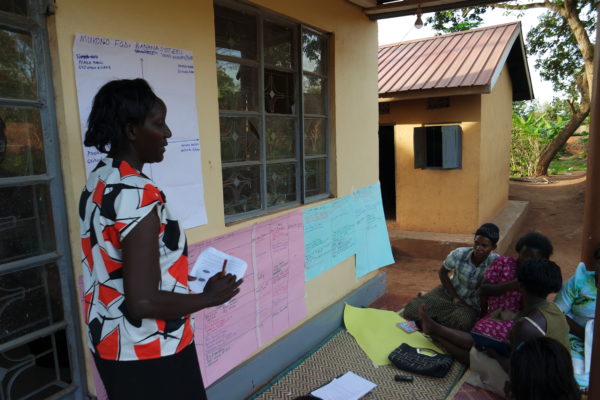Overview
The four-square method originally meant identifying a community’s common, unique and endangered crop varieties for genetic conservation. For vegetative seed, the method can generate an inventory of varieties grown in a particular place and discuss their importance with farmers. Such information helps to identify seed interventions needed to conserve crop varieties and to highlight desirable traits in new varieties.
The four-square method plots responses in two dimensions (popularity and scale) to form four cells into which seed and crop varieties are positioned: Cell 1) varieties grown by many farmers on a large area; Cell 2) those grown by many farmers on a small area; Cell 3) varieties grown by a few farmers on a large area; and Cell 4) those grown by few farmers on a small area. The method is mainly applied as a first step to understand varieties grown in a community and why people plant them. The method is usually used in focus group discussions (FGDs) which can be conducted separately for different social groups (gender, age, social status etc.) to capture differentiated perspectives and experiences. The results can help to identify entry points for further research. It can also complement a small N exploratory case study.
Examples of questions that the tool can address
- What local and improved varieties do farmers grow?
- What do they use the different varieties for?
- How does the knowledge and experience of male farmers differ from that of females?
- What is the value of local and improved varieties, according to young farmers?
- What is the impact of seed system interventions on varietal diversity?
For more information on the tool
Contact Lucy Mulugo (Makerere University): Mulugo@caes.mak.ac.ug


